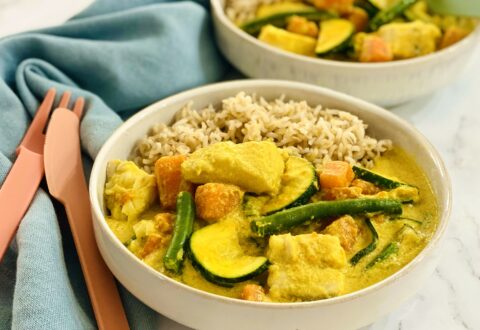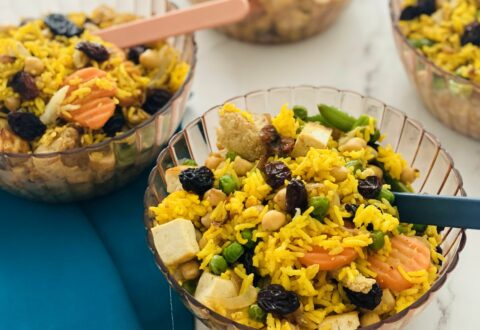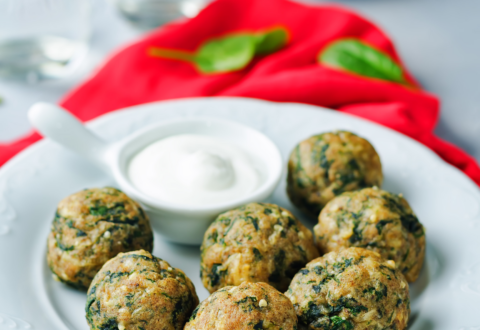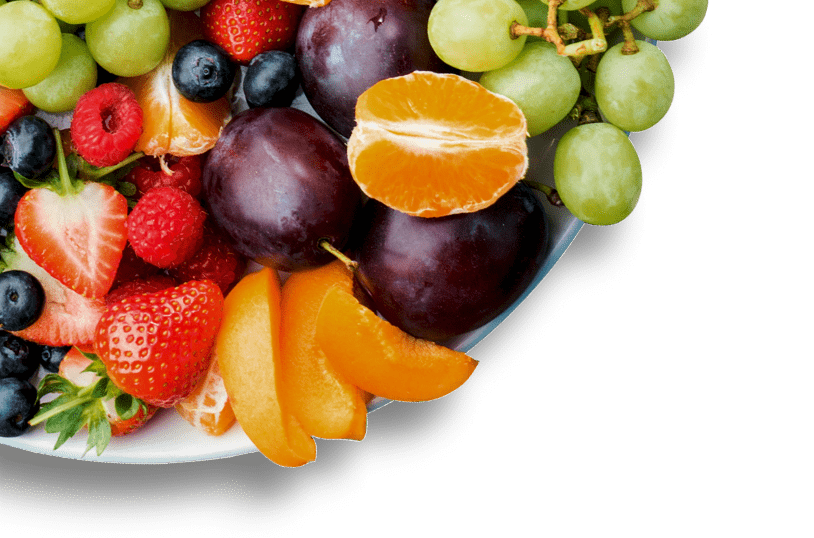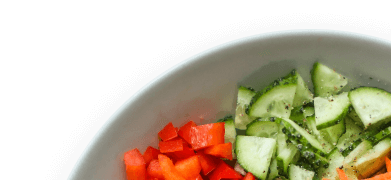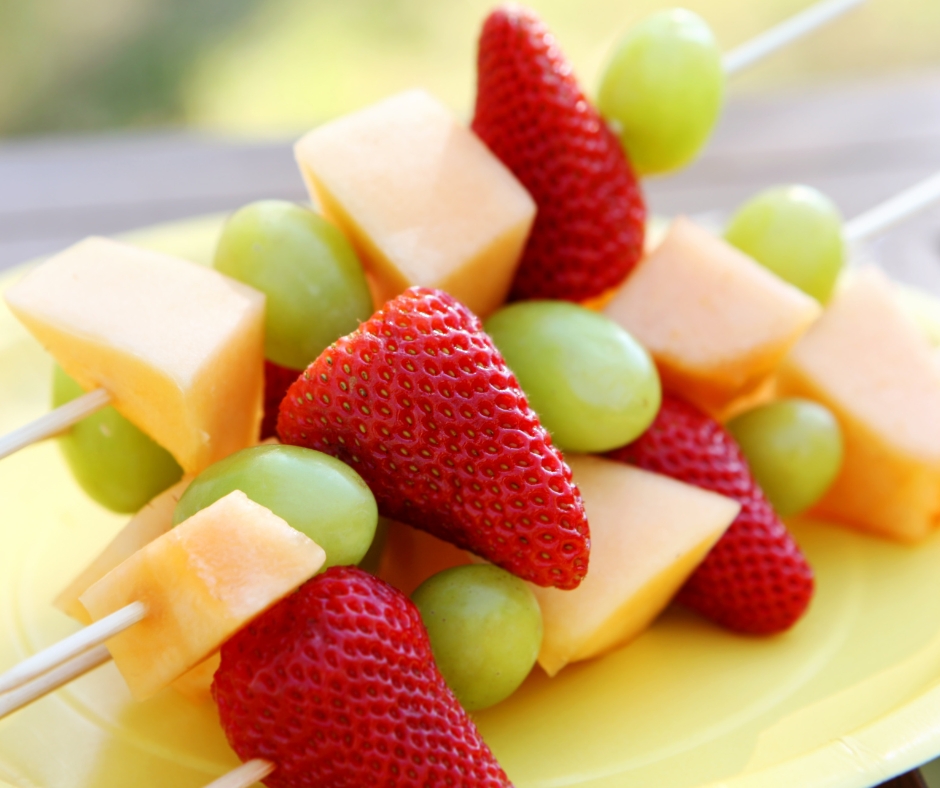Wheat allergy
Wheat contains a number of different proteins and children who suffer from wheat allergy may have a reaction to one, or a combination, of them.
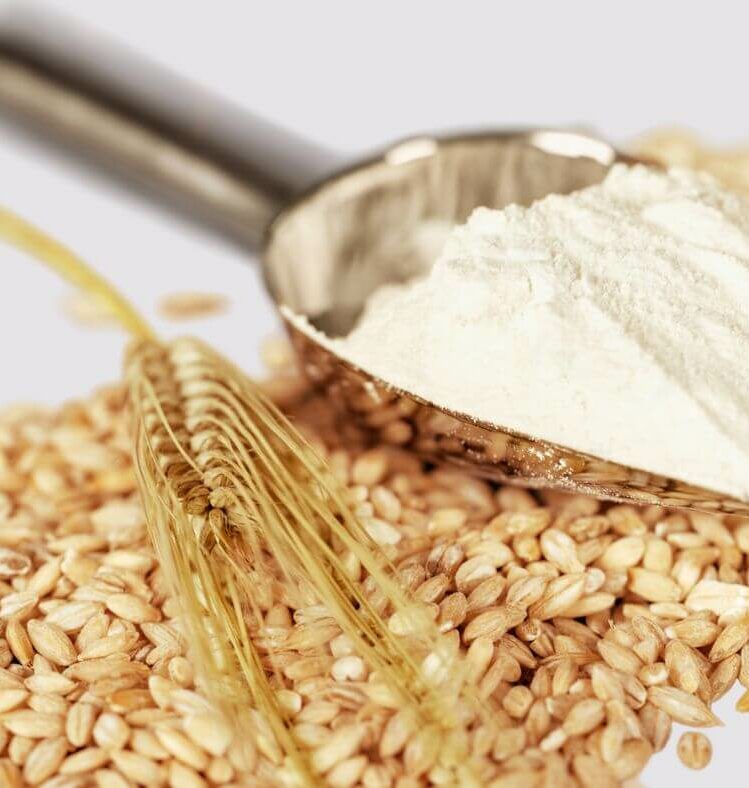
Wheat is a common cereal grain which forms the basis of many staple foods in Australia such as breads, breakfast cereals, pasta and baked goods. Wheat is also commonly used as the base ingredient for many additives in commercial food products such as thickeners and stabilising agents.
Wheat contains a number of different proteins and children who suffer from wheat allergy may have a reaction to one, or a combination, of them.
Other grains such as rye, spelt, oats, barley and millet contain similar proteins to wheat and can trigger reactions in people with wheat allergy. These should be avoided by susceptible children unless advised in writing by the child’s parents. Corn or maize, rice, buckwheat, potato and soy flours are generally well tolerated by children who are allergic to wheat.
A range of wheat free breads, breakfast cereals, flours, pastas and noodles are readily available at local supermarkets and health food stores.
Wheat allergy and Coeliac disease
Coeliac disease is a lifelong condition where the lining of the small intestine is damaged as a result of exposure to a protein called gluten. This causes a variety of gastrointestinal symptoms such as diarrhoea, bloating, constipation, nausea and vomiting). The only treatment for coeliac disease is strict avoidance of all gluten containing cereals such as wheat, barley, oats and rye.
In contrast, people with a wheat allergy may tolerate other grains that contain gluten such as rye and oats. It is also common for children to grow out of a wheat allergy.
Products labelled ‘gluten free’ are suitable to include in a wheat free diet.
Allergy action plan
Allergy action plans are recommended to advise staff what to do if a known allergen is ingested. The action plan should be developed with the child’s family and treating team (doctor, allergist, paediatrician) and be approved and signed by a recognised health professional involved in their care.
On enrolment, centres should request written documentation of confirmed allergies from the child’s treating team. Parents should document exactly what their child can and cannot tolerate to avoid confusion and this should be written on the allergy action plan.
Specialised anaphylaxis action plans are essential for children with anaphylactic reactions.
For information about developing an allergy action plan refer to the allergy policy and allergy action plans or the Australasian Society of Clinical Immunology and Allergy (ASCIA) website.
Label reading
In Australia all packaged foods must include a food label with an ingredients list. By law, all potential food allergens (peanuts, tree nuts, seafood, fish, milk, eggs, soybeans and wheat) must be clearly identified, no matter how small the amount. If an ingredient includes wheat, this should be listed on the ingredients list. For example, if a product contains maltodextrin it should be listed as ‘maltodextrin (wheat)’ or ‘wheat maltodextrin’.
When purchasing packaged items, carefully check the food label and ingredient list for wheat products. Check these each time the product is purchased, as ingredients and processing techniques may change.
The following list (on next page) outlines foods and ingredients which include wheat and should be avoided by children with a wheat allergy.
Foods and ingredients indicating wheat:
- Wheat, wheat germ, wheat starch, wheat flour, wheat bran
- Many prepared baby foods
- Pancakes, puddings and other desserts
- Wheat based cereals (Weet-Bix™, Weeties™)
- Wheat based pasta / noodles
- Regular bread
- Baby rusks
- Burghul
- Farina flour
- Ice cream cones
- Gluten
- Baking powder
- Minchin
- Malt and malt extract
- Most custards
- Spelt bread, spelt flour
- Semolina
- Bal ahar
- Superamine
- Laubina
- Baker’s flour
- Durum flour
- Kamut
- Gravy and sauces
- Cake flour
- Couscous
- Triticale
- Crumbed or battered foods
- Baked goods (cakes, muffins, biscuits)
Do all wheat products need to be avoided?
Some ingredients made from wheat are so well processed that all the wheat proteins have been removed. These products include glucose, glucose syrup, dextrose, caramel colour and monosodium glutamate. Whilst these items are still labelled as containing wheat, the chance of an allergic reaction to such ingredients is unlikely and these products may not need to be avoided.
‘May contain traces of wheat’
This statement is used by manufacturers to indicate that products may be contaminated with wheat during processing and packaging. At present ‘May contain traces of wheat’ is a voluntary statement and there are no clear guidelines to direct food companies how and when it should be used.
The wording of this statement makes it very difficult to determine risk level and a product that does not include the statement may be no safer than a product that does. The risk of significant allergic reaction through contamination during processing is extremely low. Many families choose to ignore ‘May contain traces of wheat’ statements as the only safe alternative is to exclude all commercial food products from the diet.
As a precaution, ask families to document their stance on ‘May contain traces of wheat’ statements in writing on allergy action plans so that centres can be clear about families’ expectations.
Avoiding wheat in food
The following table outlines foods which are likely to contain wheat, and foods which are likely to be wheat free.
| Food category | Wheat free | Likely to contain wheat |
|---|---|---|
| Meat, poultry, fish, eggs, legumes and nuts and alternatives | Fresh or frozen meat, chicken and fish (uncrumbed) Canned fish in oil, brine or water Beans and legumes (canned or dried) Tofu, eggs Nuts, nut paste, peanut butter Homemade crumbed/battered meats with wheat free crumbing mix/batter | Patties, burgers, sausages, meatloaf (check label) Processed/sandwich meats (check label) Crumbed/battered products Chicken stuffing, skin seasonings Legumes and baked beans in thickened sauce (check label) Roasted nuts dusted with flour |
| Fruit and vegetables | Fresh, dried, canned fruit and vegetables Fruit and vegetable juices | Some packaged vegetables and fruit in sauce (check label) Potato wedges, hot chips |
| Cakes and biscuits | Homemade cakes, biscuits, muffins, slices and pancakes using wheat free flour and wheat free baking powder | Commercial cakes, biscuits, slices, pastries Waffles, pancakes, pikelets Crackers (check label) |
| Milk, yoghurt, cheese and alternatives, and dairy desserts | All cow’s milk, rice milks and infant formula Condensed milk, evaporated milk, buttermilk Most yoghurt, ice cream, Fruche, custard# (check thickeners) All cheeses | Soy milk with wheat based maltodextrin (check label) Flavoured milk, yoghurt and cheese spreads (check label) |
| Drinks | Flavoured topping (check label) Cocoa powder Sustagen | Malted milk powder Coffee creamers, whiteners and Coffee mixes |
| Fats and oils | Cooking oils, margarine | |
| Grain (cereal) products | Flours: rice, potato, soy, arrowroot, chickpea, buckwheat, cornflour (from corn/maize) Gluten free bread, rye bread (if tolerated) Corn/rice cereal e.g. Rice porridge, Cornflakes*, Oat porridge* (if tolerated), Rice Bubbles*, baby rice cereals Corn/rice pasta, noodles, polenta, taco shells | Wheat flour, wheaten cornflour Regular bread, rolls, pita, Turkish, Lebanese, Indian breads Crumpets, muffins, pikelets Wheat based breakfast cereals (e.g. Weeties™, Weetbix™) Baby rusks Pasta, spaghetti, noodles, couscous |
| Soups | Homemade soup with wheat free pasta or rice | Canned soups with thickener (check labels) Soups with noodles and pasta |
| Salad dressings and sauces | Homemade gravies and sauces thickened with wheat free flours Balsamic and white vinegar Most tomato sauces and pastes | Gravies, thickened sauces Many Worcestershire and soy sauces Coleslaw dressing and mayonnaise |
| Jams and spreads | Honey, jam, marmalade, peanut butter, golden syrup, Nutella Wheat free yeast spread (e.g. Mighty Mite) | Vegemite, Promite, Marmite |
| Other | Herbs and spices Pure icing sugar | Stock cubes Icing sugar mixture |
Cooking without wheat
Wheat is a major part of the Australian diet. When wheat is excluded, it is important that it is replaced with other cereals and grains which are wheat free such as:
- arrowroot
- buckwheat
- corn or maize flour (check label)
- polenta
- potato flour
- rice flour
- soy flour
- millet
- sago
- tapioca
- quinoa
- sorghum
In cooking and baking, the following substitution for wheat can be used:
1 cup wheat flour = ½ cup rice flour + ½ cup potato flour
Alternatively, many commercial wheat free flour mixes are available. It is worth experimenting with different options to find out which one works best for you.
Food preparation
Chopping boards, toasters, bread slicers, knives and margarine or butter containers can be sources of wheat contamination and can trigger reactions in children who are highly sensitive.
For more advice on avoiding cross-contamination with wheat in your centre, see our factsheet ‘Coeliac disease‘.
References
Adapted with permission from: Wheat allergy, Department of Allergy and Immunology, Royal Children’s Hospital Melbourne, November 2007.
Wheat allergy, Women’s and Children’s Health Network, Women’s and Children’s Hospital SA, September 2010
For more information please phone 1300 22 52 88 or email heas@nnf.org.au
Except where otherwise indicated, the images in this document show models and illustrative settings only, and do not necessarily depict actual services, facilities or recipients of services. This document may contain images of deceased Aboriginal and Torres Strait Islander peoples. In this document, ‘Aboriginal’ refers to both Aboriginal and Torres Strait Islander people. ‘Indigenous’ or ‘Koori/Koorie’ is retained when part of the title of a report, program or quotation. Copyright © State of Victoria 2016
Written and reviewed by dietitians and nutritionists at National Nutrition Foundation, with support from the Victorian Government.

Featured Recipes
Explore all recipes
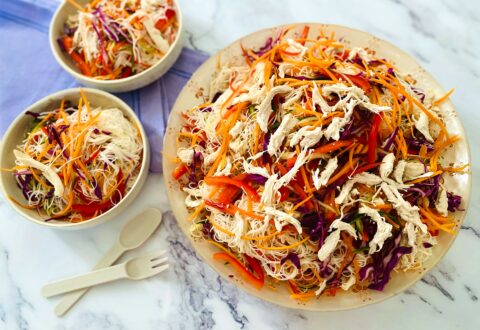
Register your interest
"*" indicates required fields




